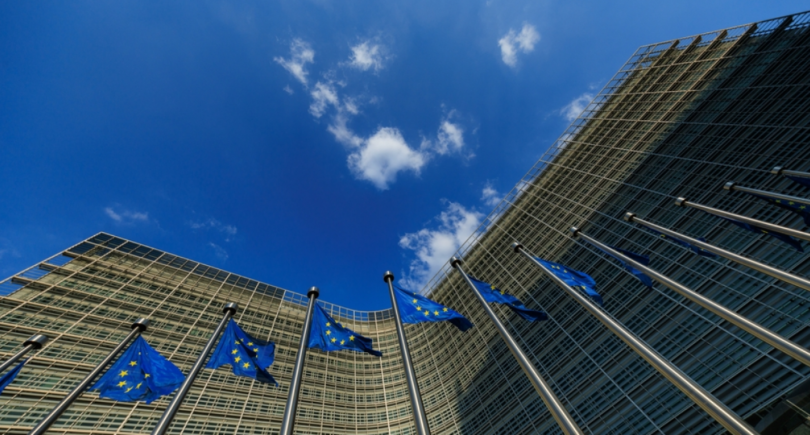
News Global Market decarbonization 1483 24 June 2022
Parliament is ready to start negotiations with the EU government on the final text of the laws
The European Parliament has supported the bills on the reform of the Carbon Border Adjustment Mechanisms (CBAM), the EU Emissions Trading Scheme (ETS) and the Social Climate Fund, which are part of the Fit for 55 package, a press release on the website of the European Parliament reads.
Parliament is now ready to begin negotiations with the EU government on the final text of these laws.
“The package is an important step towards the EU’s goal of becoming independent from expensive and polluting fossil fuels from Russia well ahead of 2030,” the statement said.
Parliament wants to incentivise industries to further reduce their emissions and invest in low-carbon technologies. The ETS should be reformed accordingly, to include:
- New ETS II for buildings and road transport – citizens excluded until 2029;
- The 2030 GHG emissions reduction target should be increased from 61% to 63%;
- Free allowances to be phased out from 2027 and to end by 2032;
- A bonus-malus system to be introduced from 2025;
- Revenues to be used exclusively for climate action in EU and member states.
MEPs call for a broader scope and faster implementation of the CBAM to prevent carbon leakage and raise global climate ambition, including:
- Phasing in CBAM earlier and ending free EU ETS allowances by 2032;
- Extending the scope to include organic chemicals, plastics, hydrogen and ammonia as well as indirect emissions;
- An amount equivalent to the CBAM revenues should be used from the EU budget to support the green transition in least developed countries;
- Need for a centralised EU CBAM authority.
Parliament agrees with the creation of a Social Climate Fund to help those most affected by energy and mobility poverty cope with the increased costs of the energy transition. The SCF should support:
- Temporary direct income support measures (such as a reduction in energy taxes and fees) to tackle the increase in road transport and heating fuel prices;
- Investment in buildings renovation, renewable energy and a shift from private to public transport, car-pooling and car-sharing and active transport (such as cycling). Measures may include fiscal incentives, vouchers, subsidies or zero-interest loans.
The EU intends to reduce CO2 emissions by 55% by 2030 to achieve climate neutrality by 2050. To this end, the European Commission has presented a large-scale program to fight climate change “Fit for 55” for the implementation of the CBAM mechanism.
The European Commission estimates additional revenues over the period 2026-2030 from the introduction of CBAM at €1 billion per year. Budget revenues from CBAM, emissions trading and corporate income tax are estimated at a total of €17 billion per year.
According to the GMK Center, a third of Ukrainian exports to the EU may fall under CBAM. In general, the decline in exports of mining and metals industry of Ukraine due to the introduction of the EU mechanism is estimated at €200 million per year. The protective measure may lead to the cessation of exports of Ukrainian pig iron and a decrease in exports of long products by 10%.




